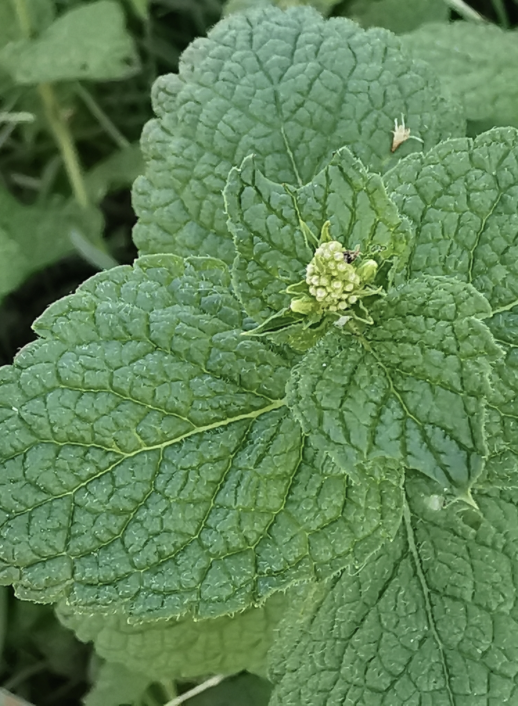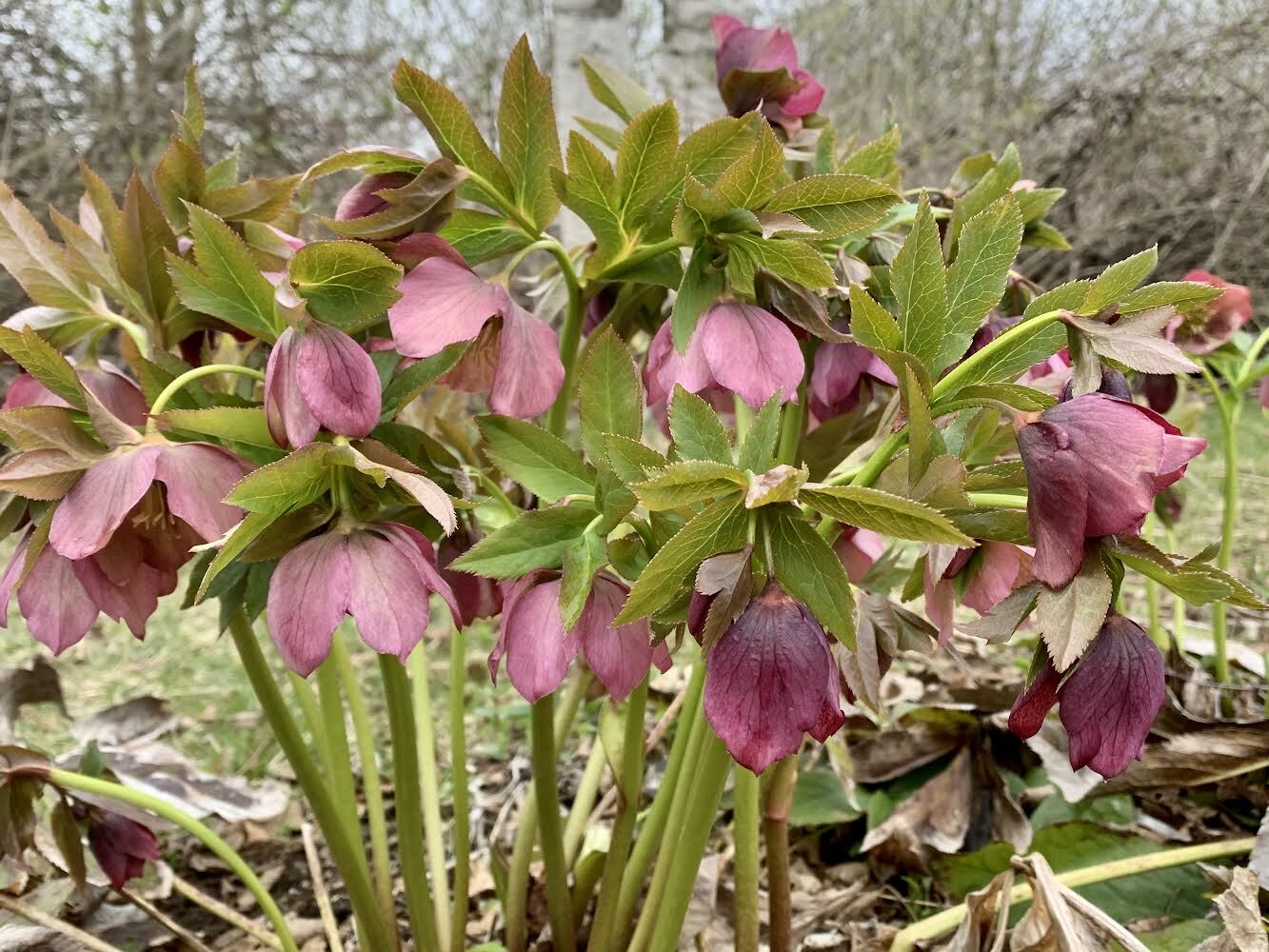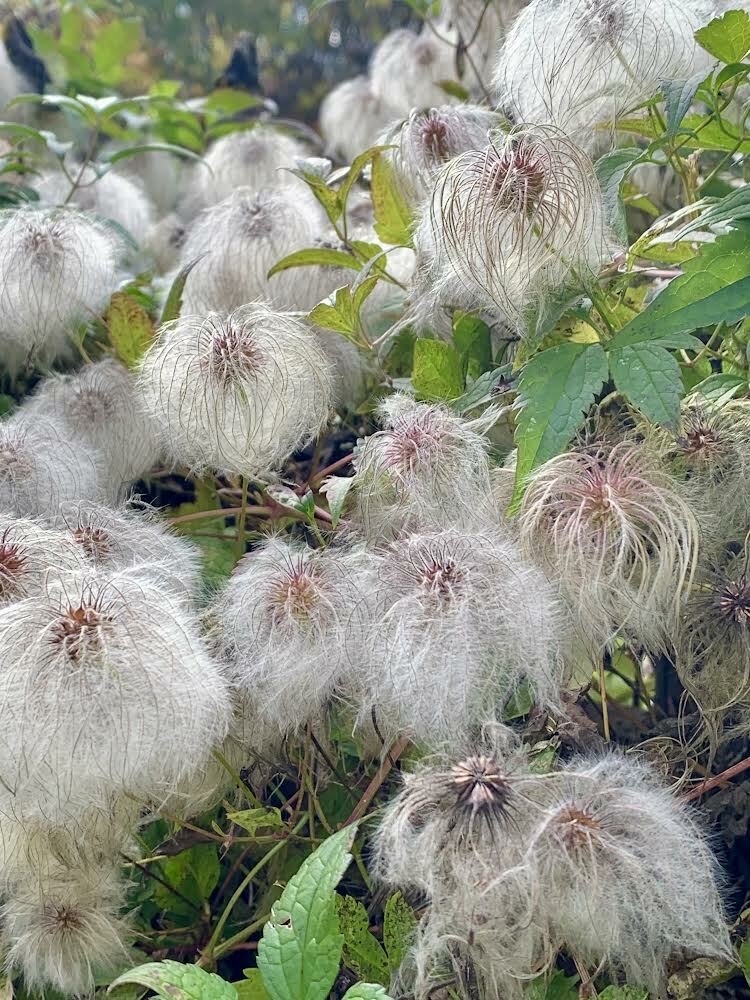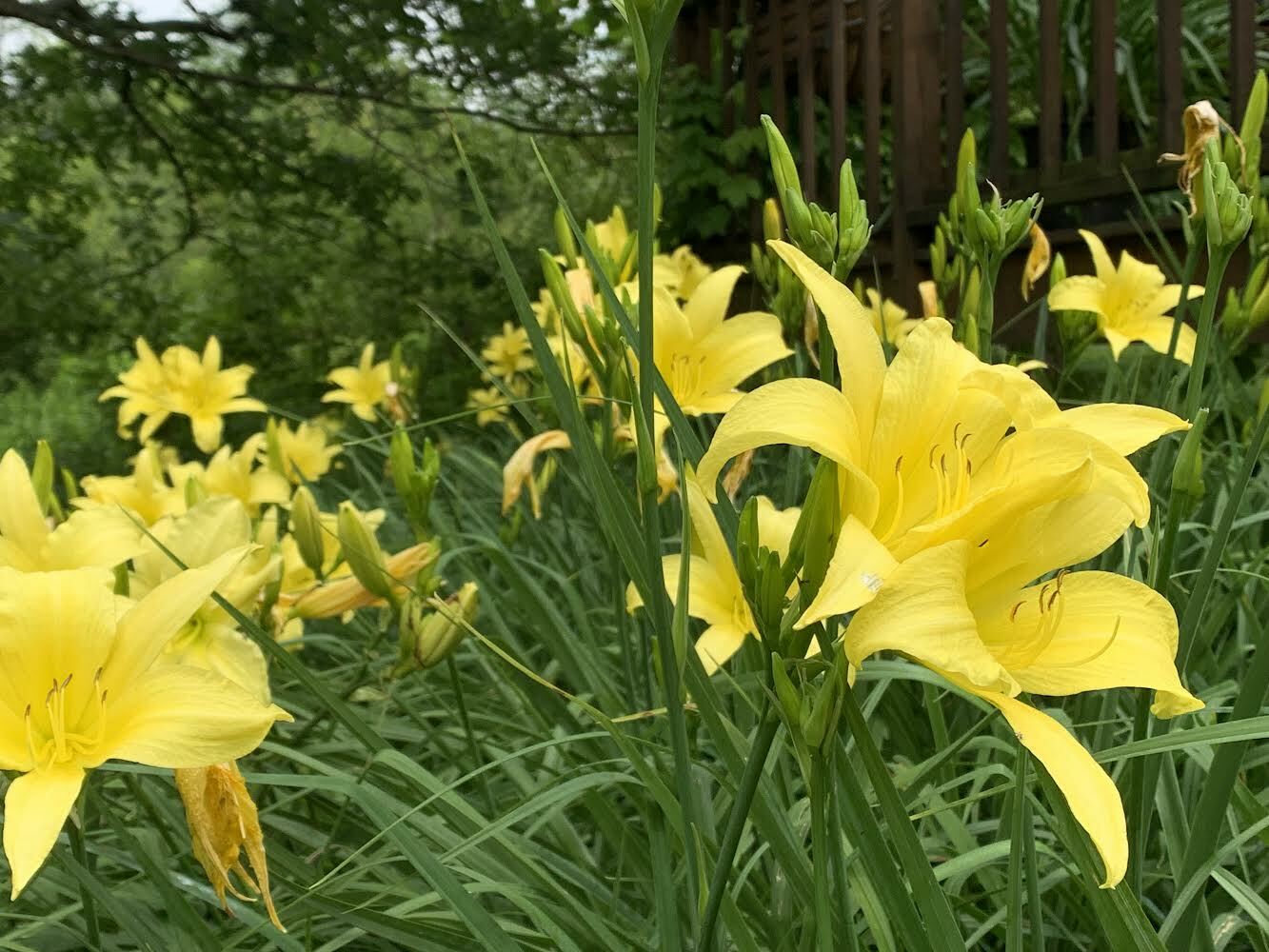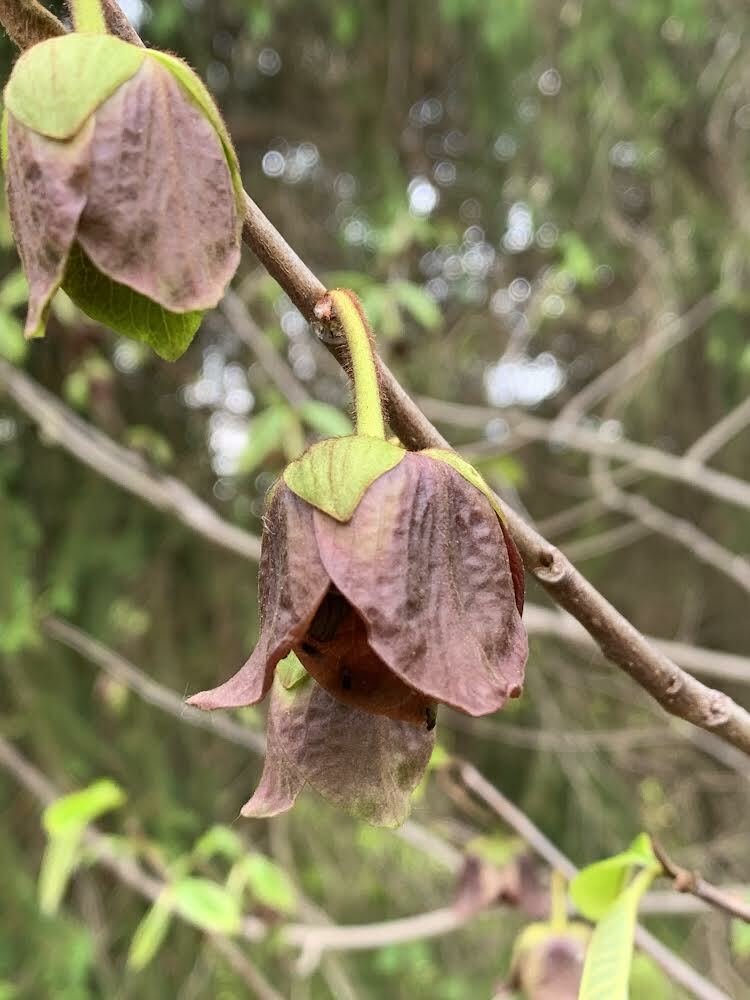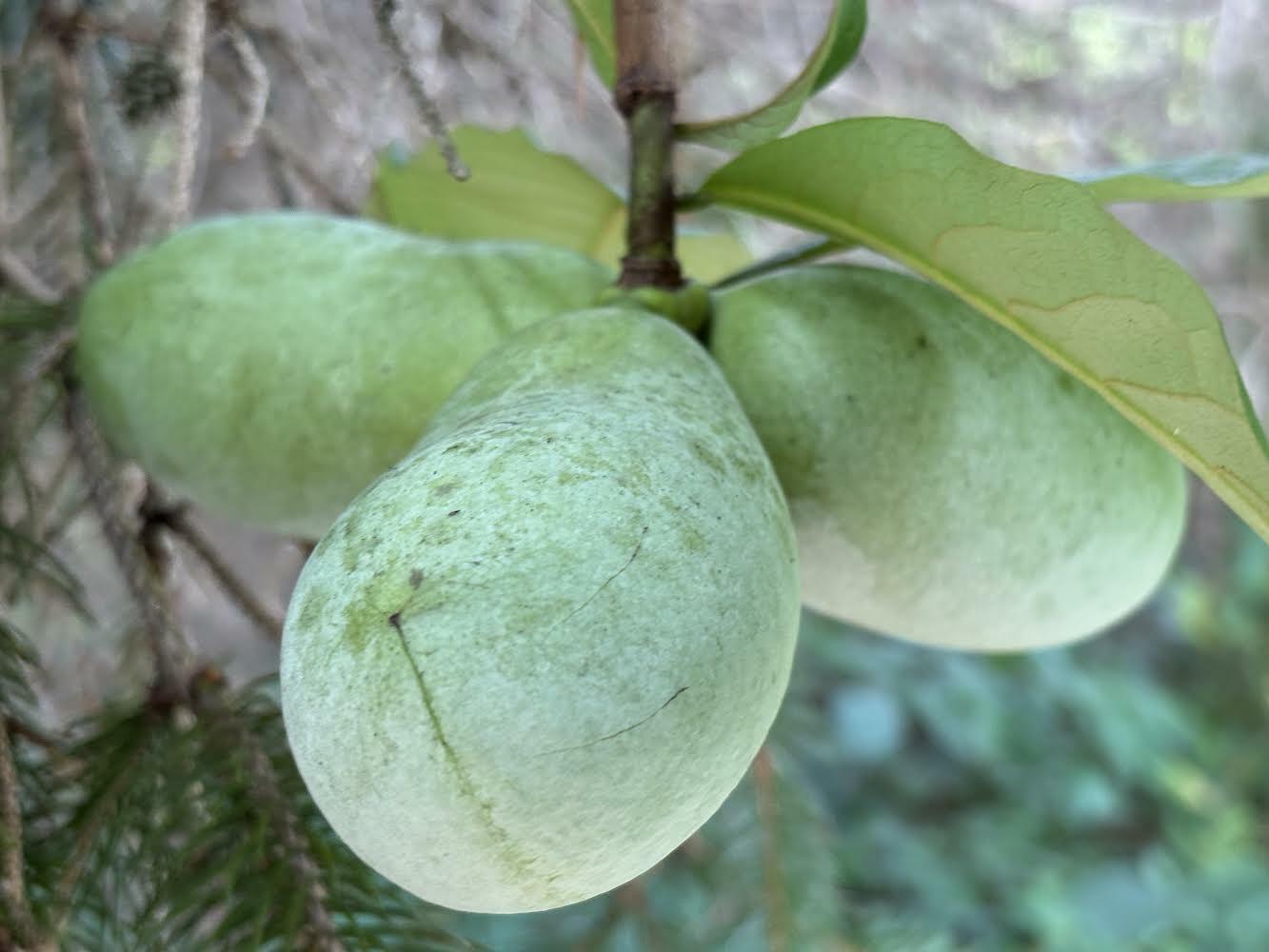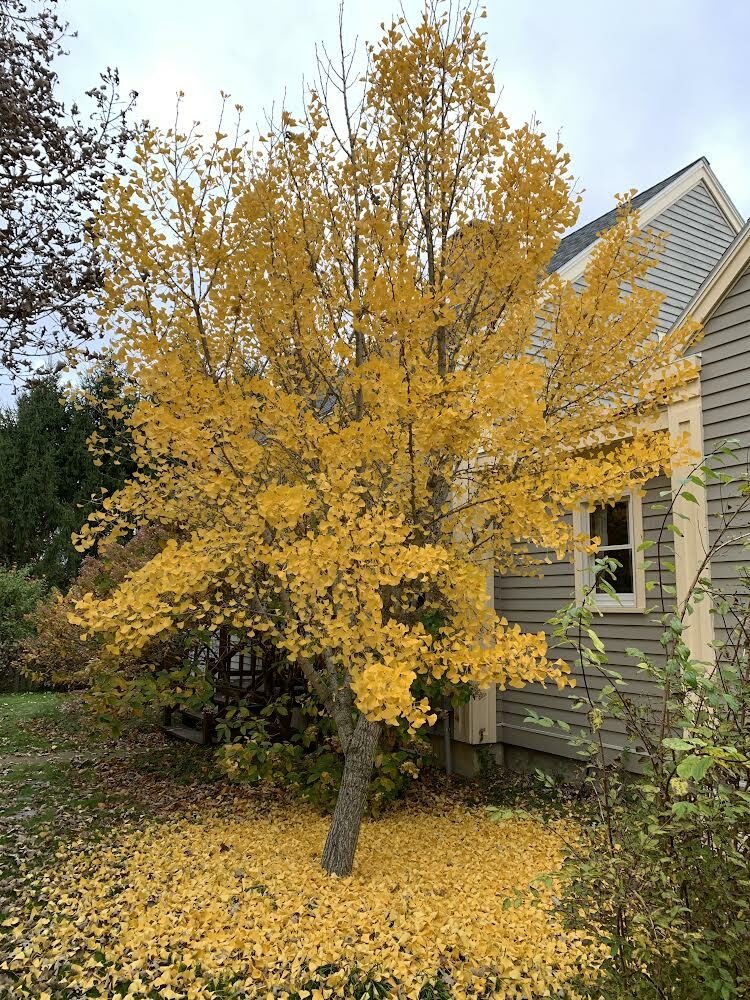Gardeners celebrate the moment, relishing a perfect blossom, a bountiful crop of vegetables, a fortuitous combination of colors. They look to the future: to the next year to rectify mistakes, to hopefully elude too much rain or too little, to try an exciting new plant, a new cultivar. Sometimes they think: my grandchildren will sit in the shade of this tree. But the tradition of “pass-along plants” has the gardener casting a backward look.
As we gardeners grow older, it isn’t newness that holds our attention when we walk through our gardens, but the voices from the past, speaking to us through the seeds, the cuttings, the divisions that fellow gardeners have gifted us. In my garden:
Apple mint (Mentha suaveolens). Pass-along plants are not exotic nursery specimens, but those often overlooked or dismissed. They may be marginally invasive, as is the case with any mint. This mint is the oldest of my memories, from my grandmother’s garden. It makes an exceptional tea or, according to my cousin in New Orleans, a first-rate mint julep. Even after an excavator and construction crew who built the addition to the house demolished these plants, they sprang up here and there. Like any mint, it is virtually indestructible, like my memories of growing up.
Clove currant (Ribes odorata). A rather ungainly plant for most of the year, one that bears a few fruits that even the birds ignore. But in the early spring, it is covered with delightful clove scented yellow flowers, just at the time when one most appreciates them. It was a gift from Florence, with whom I worked in the Arboretum’s greenhouse. I think of her German precision in plucking out tiny seedlings to transplant into pots -- and her enthusiasm for living. She also gave me an incredible salmon pink chrysanthemum that closes out my gardening year.
Hellebore (Helleborus spp.). Another early spring plant whose heartbreaking colors seem almost miraculous. These are from Viktoria, another Arboretum friend whose encyclopedic knowledge of plants has made me a better gardener. A fellow Nordic skier, she skis with me on her farm with vistas overlooking the Mohawk valley. Also from Viktoria, a now mature Catalpa speciosa, whose branches with small heart-shaped leaves now overhang the deck.
Clematis (Clematis tangutica). Peter, a longtime Arboretum member, introduced this vine behind the collection of conifers he planted at the side of the Library, where it climbs up the side of the wall. He encouraged me to take a rooted section, warning me that it was a “vigorous grower” – which turns out to be both a gardener’s euphemism and an example of his understated wit. But it’s found a home along the fence that borders the vegetable garden, softening its “fortress” look. Its pale yellow single blossoms are welcome in the summer, loved by the bees, and followed by funky seed pods.
Daylily (Hemerocalis ‘Hyperion’). From my mother’s garden, following a complicated path over the years from one set of gardeners to another to me. This variety has been in cultivation for nearly 90 years. It’s an old-fashioned variety, seldom seen these days, sweetly scented, canary yellow. I have a bed of Hyperion growing at the back of the deck where I can enjoy the blooms at the height of summer.
PawPaw (Asimina triloba). Ed was a living legend at the Arboretum and the force behind the Ed Miller Native Plant Trail. I first met him at a class he gave on how to use Newcomb’s Wildflower Guide. To walk with him in what first appeared to be a quite ordinary field, or along a roadside, was a revelation. Ed gave me several cuttings of these native American fruit trees, and they are now fruiting. My Ohio friends call them “Indiana bananas.” Their flowers are stunning. Every time I dig into these mango-banana-citrus flavored pawpaws, I remember Ed.
Rose (Rosa ‘Harrison’s Yellow’). For many years, I drove past an old Victorian brick home with beautiful plantings on my way to my teaching job. One day, I saw Milan working in his garden and stopped by to talk plants. He offered me cuttings from the rose, which I gladly accepted. It is not a particularly attractive plant for most of the year, but in June, the bed is awash with abundant cascades of yellow blossoms and an almost licorice aroma. In the fall, Milan used to walk the remnants of the old trolley tracks on the other end of my property and leave me a bag of dried mushrooms in my mailbox.
Gingko (Gingko biloba). When my father was in his 90s, I brought him to the Arboretum for a fall plant sale. As a “game warden” (as they were known in his day), he patrolled the Montgomery-Fulton-Schoharie County area. He knew Fred Lape, and the Arboretum was a favorite place for him. I learned to drive a standard shift in his State issued Jeep on Lape Road. In any case, at the end of the day at that sale, there was a lone gingko left that no one would buy, no doubt because the trunk was crooked. He bought that tree for me, planted it, and it’s flourished – aslant. It reminds me of him, especially when its umbrella-shaped leaves turn golden yellow and drop all at once in the fall. It’s that imperfection that the Japanese call “wabi-sabi.” It teaches us to accept that life, although imperfect, is beautiful.
There are other plants and other people I might mention: the contributors of Boltonia, Colchicum, and bloodroot. Everywhere I walk gives rise to a chorus of voices of gardeners living and dead in a garden of memories.

